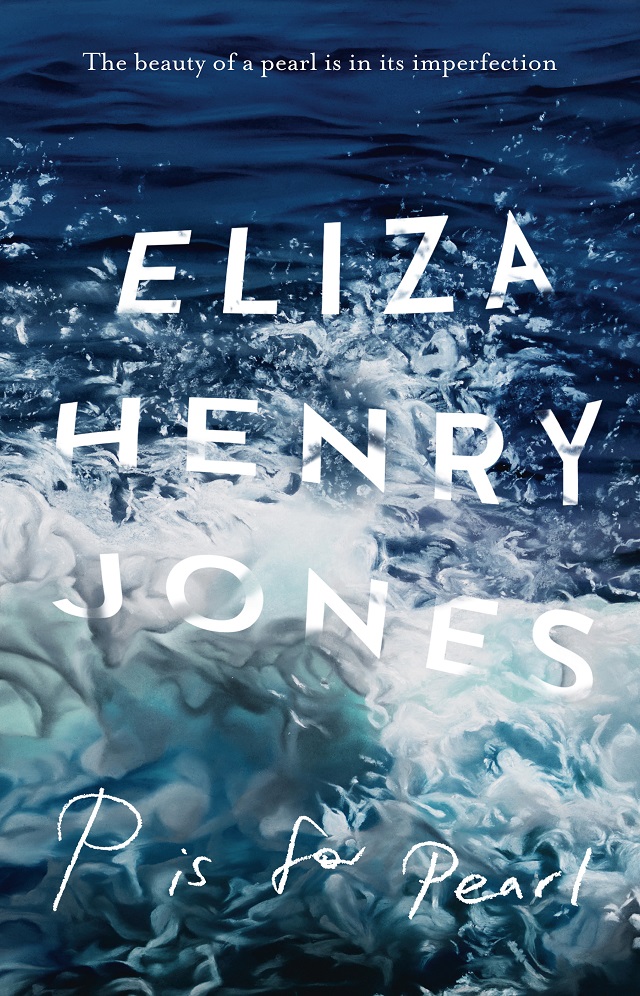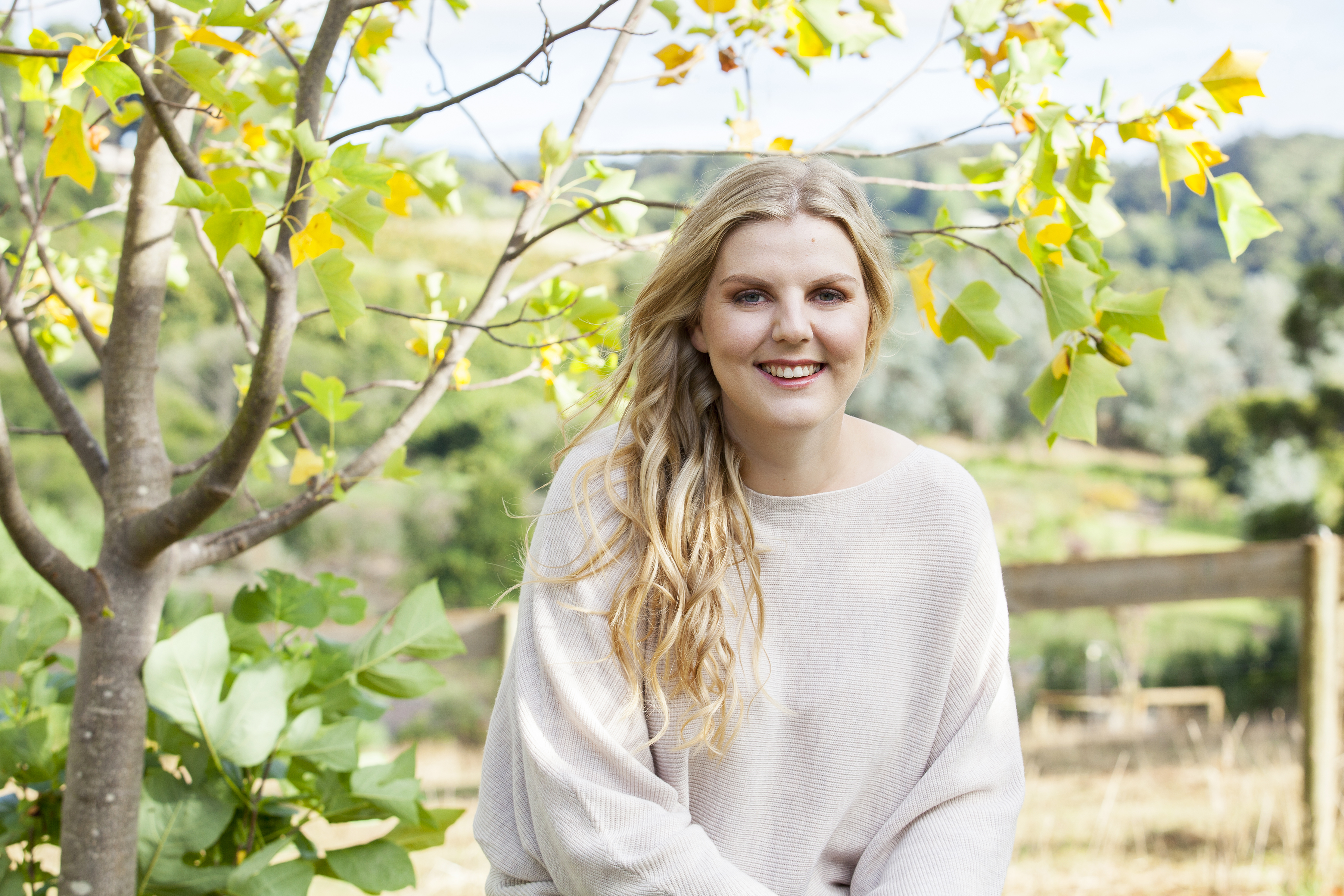Issue 106
Term 3 2018
The cathartic experience: understanding grief through the written word
Connections editor Nicole Richardson chats with author Eliza Henry Jones, following the publication of her first young adult book, P is for Pearl.
Eliza Henry Jones is well-acquainted with the power of the written word. Her literary work is an achingly beautiful exploration of grief, loss and trauma — themes that she understands are capable of helping readers make sense of their own experiences. Indeed, the writing experience itself has had a cathartic impact on her own understanding of the world, which has kept her writing novels since she was 14 — along with the love of the craft.
Eliza’s debut novel, In the Quiet, landed her on the shortlist for the Readings Prize for New Australian Fiction and the NSW Premier’s Literary Awards, and on the longlist for the Indie Awards and ABIA Awards. Eliza’s first young adult novel, P is for Pearl, has been on a remarkable journey since she penned it in Year 11. Shortly after she had it printed and bound, Eliza tucked it away in her drawer among a handful of manuscripts, where it waited patiently until publication beckoned.
I recently had the pleasure of chatting to Eliza about her literary work, the roles that writing and reading play in helping people make sense of their worlds, and why we need diverse representations of grief and loss in literature.

P is for Pearl by Eliza Henry Jones © HarperCollins 2018
Can you tell me a little more about P is for Pearl?
P is for Pearl is set in Tasmania and it follows Gwen, who is 17. She has been tracking along pretty well, but something triggers her and all of her repressed trauma and grief comes up. It’s an exploration of those themes, together with those of family and friendship. There’s also romance in there, but it’s secondary, for me, to the friendship, which was really important for me when I was writing it.
What was the road to publication like for P is for Pearl?
Well, I’ve written a novel every year since I was 14, and for me it was pretty much like keeping a diary. I found it quite cathartic, and it helped me work through things and process things. There was a fair bit of mental illness in my family and I had a lot of social anxiety at that time, so P is for Pearl was quite a cathartic story for me to write. I wrote it when I was in Year 11 and, in Year 12, I decided to use it as my art final. I actually did all the typesetting and design myself, turned it into a book, and had it all bound. Then I decided that it was not that great, thought it would never be published, shoved it in a drawer, and moved onto the next story — which is sort of my pattern. I always move onto the next one.
What inspires you to keep writing?
All the glorious books that I read. I think they lit a fire in me when I was little and I always wanted to write. I just thought I’d do it on the side and see what happened; but, you know, I just love doing it. Then there is that underlying drive, where it helps me understand, and I find it very calming and soothing to write.
What role do you think books have in helping people understand their own grief?
A really huge role. I think there is this huge pressure to adhere to ‘normal grieving’ and ‘normal trauma response’, but there is actually no such thing. It can make these experiences that much worse. People might think, ‘I’m not crying, I should be crying’, or ‘Why am I angry?’, or ‘Why did I just laugh?’ There is this imaginary normal that we always feel as though we are deviating from. So, I think the more representations of grief and trauma out there, the better; because the more exposed people are to different ways of grieving or experiencing trauma, the more the message is reiterated that there is no right way to do it.
You have previously worked as a grief counsellor. How do you think that has affected your approach to telling these stories?
I did my psych degree, and started working in a drug rehab centre when I was very young — I was 21. It really shifted my perspective, gave me a lot more compassion for people, and really forced me to confront the reasons why people are self-destructive or slip into dangerous patterns. I did the grief and trauma counselling course while I was working at the drug rehab centre and the two are very connected for me — the work and the study. It’s a privilege to be able to work so closely with people in such a vulnerable position.
You said that other books inspire you — are there any in particular that come to mind that explore similar themes?
There are so many books that tackle grief and trauma really well, and Australian young adult [fiction] is particularly strong in that regard. On the Jellicoe Road by Melina Marchetta does it absolutely beautifully. One for slightly younger readers, and one that is a little more recent, is The Other Side of Summer by Emily Gale, which is also really beautiful.
What is your favourite part of the writing process?
First draft. And it’s interesting, because so many writers I know absolutely hate the first draft, but I just find it really exciting. I think it might be because I’m a ‘pantser’ [someone who flies by the seat of their pants in crafting their writing, as opposed to a ‘plotter’]. I don’t really plan or plot anything, so it’s thrilling to see where it goes. Since I’ve been published, I’ve really enjoyed working closely with the editorial team and having that collaboration, because it can be quite a lonely thing when you are just writing by yourself and trying to improve your work without getting that level of feedback.

Eliza Henry Jones (pictured) has written one novel each year since the age of 14. (Photo: Rebecca Rocks)
So, for a book like P is for Pearl that you wrote when you were 16, were there a lot of revisions, coming back to it years later?
Quite a few, and it was actually really tricky for me to revise. Because I wrote it so long ago, it felt like a memory, and it felt very much what it was. It took me quite a while to be in the headspace I needed to be in to make changes — to acknowledge that it wasn’t set in stone. The backstory and Gwen’s diary had just a little tweaking, but a lot of the present-day stuff has been heavily edited. Pacing was a big thing for me, and I think that’s something that I still struggle with — having the story moving along and slowing down in the right spots.
Have you learnt much about yourself as a writer through this process?
It was gratifying in a way because I realised that I had improved as a writer. It sounds a bit silly because you think, ‘Well, of course you’d improve in 12 years’, but it was nice to see the evidence of that. When you are constantly writing, you don’t have the opportunity to feel like you’re getting any better. And it was really interesting because, in that diary element, I did pull bits and pieces from my own life into it, so there were a lot of things that I’d forgotten. It was quite nice in a way.
With this first novel for younger readers, did you notice any differences in the writing process?
What I found is that the complexity of P is for Pearl is exactly the same as my adult literary novels. There is just as much nuance, just as much exploration of grief and trauma. I think that sometimes people underestimate a young person’s capacity for that complexity, for that darkness, for that grim stuff.
There has been some discussion recently about what the author's role is in either showing young readers the darkness, or shielding them from it. What responsibility do you think the author has in this regard?
I think we have a responsibility to write about dark things, and I think that taps into the idea that young people shouldn’t be underestimated. But, it is a huge responsibility because we do have young readers that are so insightful, so clever, and so complex … but they are very much developing their ideas and their sense of self, and developing ways to adapt to trauma and grief. So, I think we need to be mindful about how we deal with dark things — it’s a huge responsibility.
What is the most rewarding part of the writing process for you?
When I receive emails from people, or meet people who have read my stories and it has resonated with them, or touched them. My first book was about a mother who had died and was watching her family, and it was all about the different grief processes. My favourite part was the people who wrote to me and said they had lost their mother, or someone in their immediate family, and they’d found the book soothing or cathartic through whatever stage of grief they were experiencing. That just knocked me flat. It was so humbling. Having that feedback means so much.
What advice do you have for young people interested in writing?
The biggest advice is to read really broadly. I think that’s a bit of a no-brainer, but reading is the easiest way — and sometimes the only way — to develop your skills as a writer. And to actually sit down and write. The only way you’re going to get better is just to do it — and to be compassionate with yourself, because for every word you write, you are learning.
What role have libraries played in your life?
A huge role — my mum was a school librarian. She had — and still does have — a huge, huge passion for books. We used to go to the library every week and I’d be able to pick out what books I wanted. Mum and I would be there for two or three hours. I felt so safe in the library, and it was such a lovely experience growing as a reader. I started off with the picture books, and very slowly just worked my way up until my mum and I were browsing the same shelves. It was such a gradual process.
These interview extracts have been lightly edited and reordered where necessary to improve readability or clarity.
